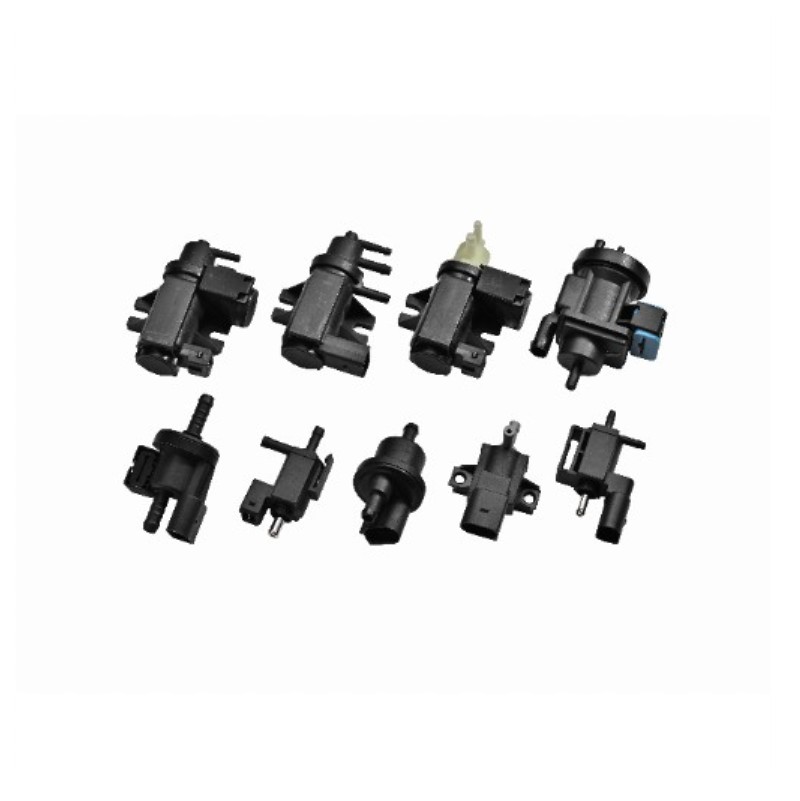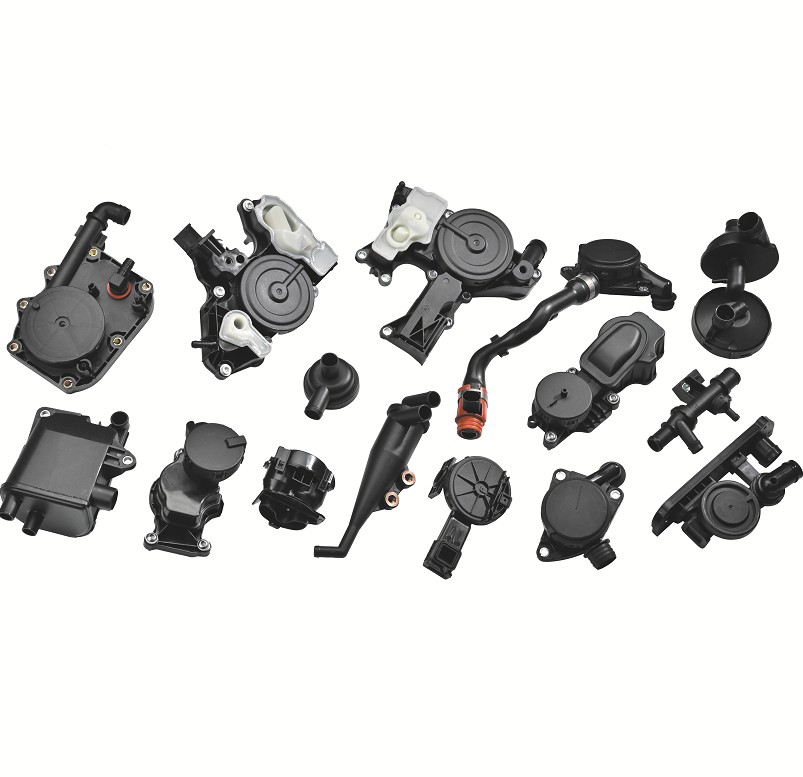The coolant flange is a crucial component in automotive engines and industrial machinery, serving as a vital link in the entire cooling system. As a bridge connecting core components such as the engine, water pump, and radiator, the coolant flange ensures the tightness and stability of the coolant circulation system.
Content
Primary Function of the Coolant Flange
The coolant flange's primary function is to provide a connection point and ensure system tightness. During engine operation, coolant is driven through the system by the water pump, removing heat generated by the engine. This circulation system is subject to certain pressure and temperature fluctuations, so any leak could lead to coolant loss, causing engine overheating and serious damage.
High-quality coolant flanges are typically made of high-temperature and corrosion-resistant materials (such as high-strength plastic, aluminum alloy, or cast iron) and are used with sealing rings or gaskets to ensure a leak-proof connection even in harsh operating environments. This durable design is crucial for maintaining the engine's normal operating temperature.
Auxiliary Function: Mounting for Temperature Sensors
Beyond connection and sealing, many coolant flanges also incorporate additional functions. For example, they are often designed to serve as mounting points for temperature sensors or thermostats.
Temperature Sensor
A temperature sensor mounted on the coolant flange monitors the coolant temperature flowing through it in real time and transmits this data to the vehicle's onboard computer (ECU). The ECU uses this data to adjust the cooling fan, fuel injection, ignition timing, and other functions to maintain the engine at the optimal operating temperature.
Thermostat (Thermostatic Valve)
Some flanges may be directly integrated with or house the thermostat. The thermostat is the "temperature control switch" in the cooling system, automatically opening and closing according to changes in coolant temperature, controlling the flow of coolant to the radiator and being a key component for precise temperature control.
Selection and Maintenance: Ensuring Long-Term Reliability
In industrial applications and automotive repair, selecting high-quality coolant flanges and related hydraulic fittings and oil plugs (which are also essential if you also need to address other hydraulic or sealing requirements of the mechanical equipment) is crucial. Due to the unique operating environment—constant high temperature, pressure, and chemical corrosion (from coolant additives)—low-quality flanges are prone to aging, cracking, or deformation, leading to leaks.
Regular inspection and maintenance are equally important. When performing engine repairs or replacing coolant, inspect flanges and seals for signs of aging or damage. Promptly replacing damaged components can effectively prevent engine overheating caused by cooling system failures and ensure the long-term reliability and durability of the equipment.
Coolant flanges are the cornerstone of efficient and safe coolant circulation and are crucial components for maintaining optimal operating conditions for engines or mechanical equipment.


 English
English русский
русский Español
Español Deutsch
Deutsch











